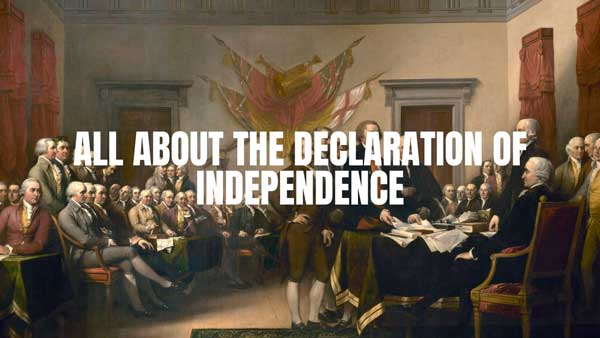
John Mark is the author of the Gospel of Mark which we are reading this year in Year B.
The painting was done in 1625 by Frans Hals, a Dutch painter, who painted portraits of all the Gospel writers.
Mark’s work was the first Gospel probably written in the 60’s AD. Gospel means “Good News” of Jesus Christ reflecting His life and work. The Gospel says the Kingdom of God is at hand and brings new life, sanctification and hope to the world. It is also one of the Synoptic Gospels.
Synoptic, in Greek, means “seeing or viewing together,” and by that definition, Matthew, Mark, and Luke cover much the same subject matter and treat it in similar ways. Some scholars believe an oral gospel existed first, which Matthew, Mark, and Luke used in their versions. Others argue that Matthew and Luke borrowed heavily from Mark. A third theory claims an unknown or lost source once existed, providing much information on Jesus. Scholars call this lost source “Q,” short for quelle, a German word meaning “source.” Still another theory says Matthew and Luke copied from both Mark and Q.
Mark stresses Jesus’ message about the kingdom of God now breaking into human life as good news (Mk 1:14–15) and Jesus himself as the gospel of God (Mk 1:1; 8:35; 10:29). Jesus is the Son whom God has sent to rescue humanity by serving and by sacrificing his life (Mk 10:45).
Tradition holds that Mark was present when Jesus Christ was arrested on the Mount of Olives. In his Gospel, Mark says: “A certain young man was following him, wearing nothing but a linen cloth. They caught hold of him, but he left the linen cloth and ran off naked.” (Mark 14:51-52, NRSV) Because that incident is not mentioned in the three other Gospels, scholars believe Mark was referring to himself.
John Mark first appears by name in the book of Acts. Peter had been thrown in prison by Herod Antipas, who was persecuting the early church. In answer to the church’s prayers, an angel came to Peter and helped him escape. Peter hurried to the house of Mary, the mother of John Mark, where many of the church members were praying
Paul made his first missionary journey to Cyprus, accompanied by Barnabas and Mark (Acts 13). When they sailed to Perga in Pamphylia, Mark left them and returned to Jerusalem. No explanation is given for his departure, and Bible scholars have been speculating ever since. Whatever the shortcoming was, it disappointed Paul though Paul later forgave him
According to Coptic tradition, John Mark is the founder of the Coptic Church in Egypt. Copts believe Mark was tied to a horse and dragged to his death by a mob of pagans on Easter, 68 A.D., in Alexandria. Copts count him as the first of their chain of 118 patriarchs (popes).
St. Mark’s day is a public holiday in Venice since Mark is Venice’s patron saint. One of the highlights during the Feast of St Mark is the Regata di Traghetti, a boat race featuring gondoliers who compete while transporting passengers in their gondolas. One tradition associated with St Mark’s festival was the Festival of the Blooming Rose, symbolizing love and romance. The custom of giving a rose bud (bocolo) to a loved one is still practiced today.




